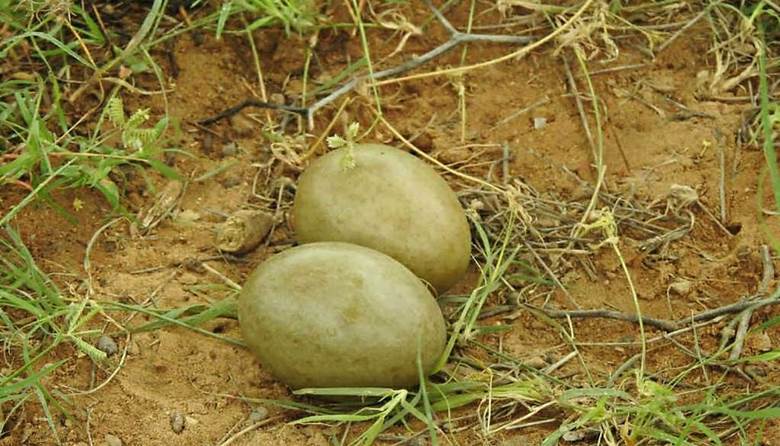Free Courses Sale ends Soon, Get It Now


Free Courses Sale ends Soon, Get It Now



Copyright infringement is not intended
Context: The perceived beliefs and recorded observations of egg laying habit of Great Indian Bustard (GIB) have changed after the recent excessive rains in western Rajasthan. The critically endangered bird species has adopted an altogether new behaviour of giving clutch of two eggs at a time after getting additional protein diet during the monsoon season.
Details:
Great Indian Bustard (GIB):

Steps taken by the Government for protection of Great Indian Bustards in the country:
https://epaper.thehindu.com/Home/ShareArticle?OrgId=GB1A5T1QK.1&imageview=0
© 2024 iasgyan. All right reserved